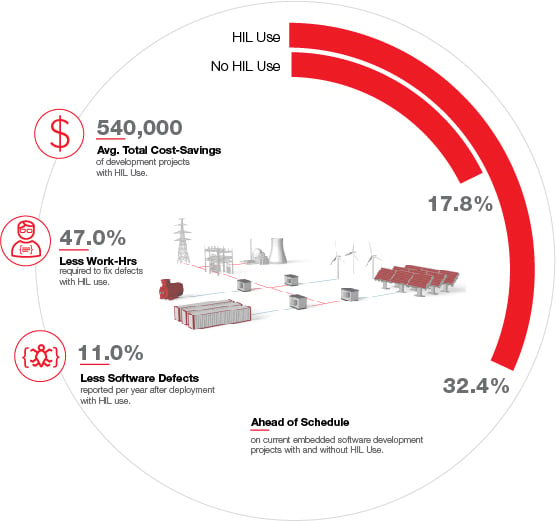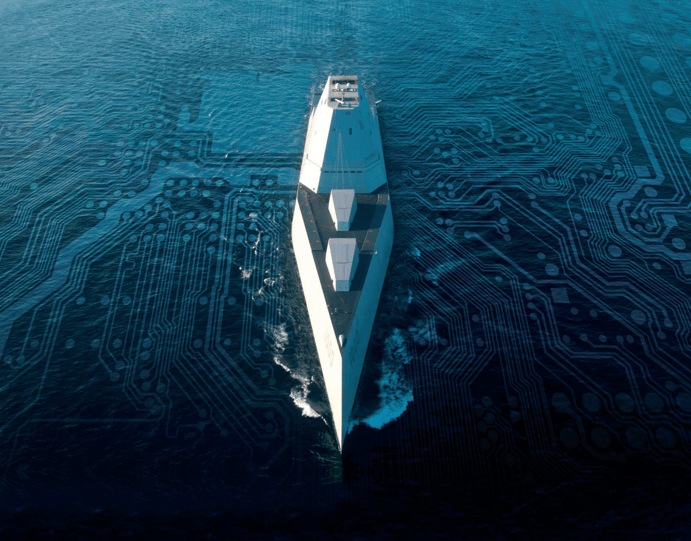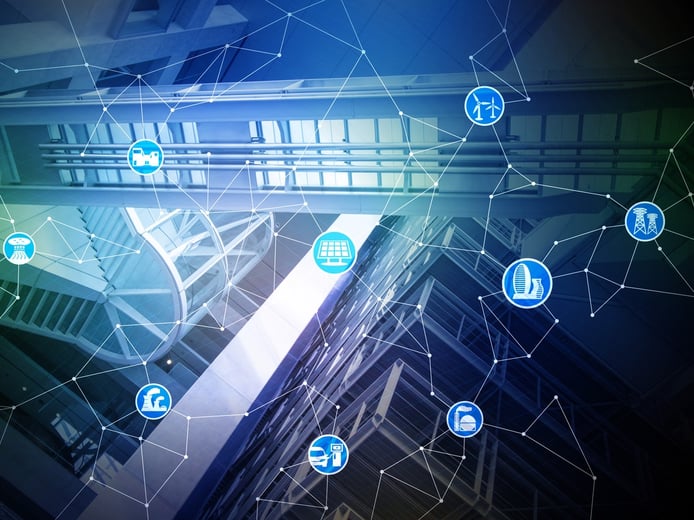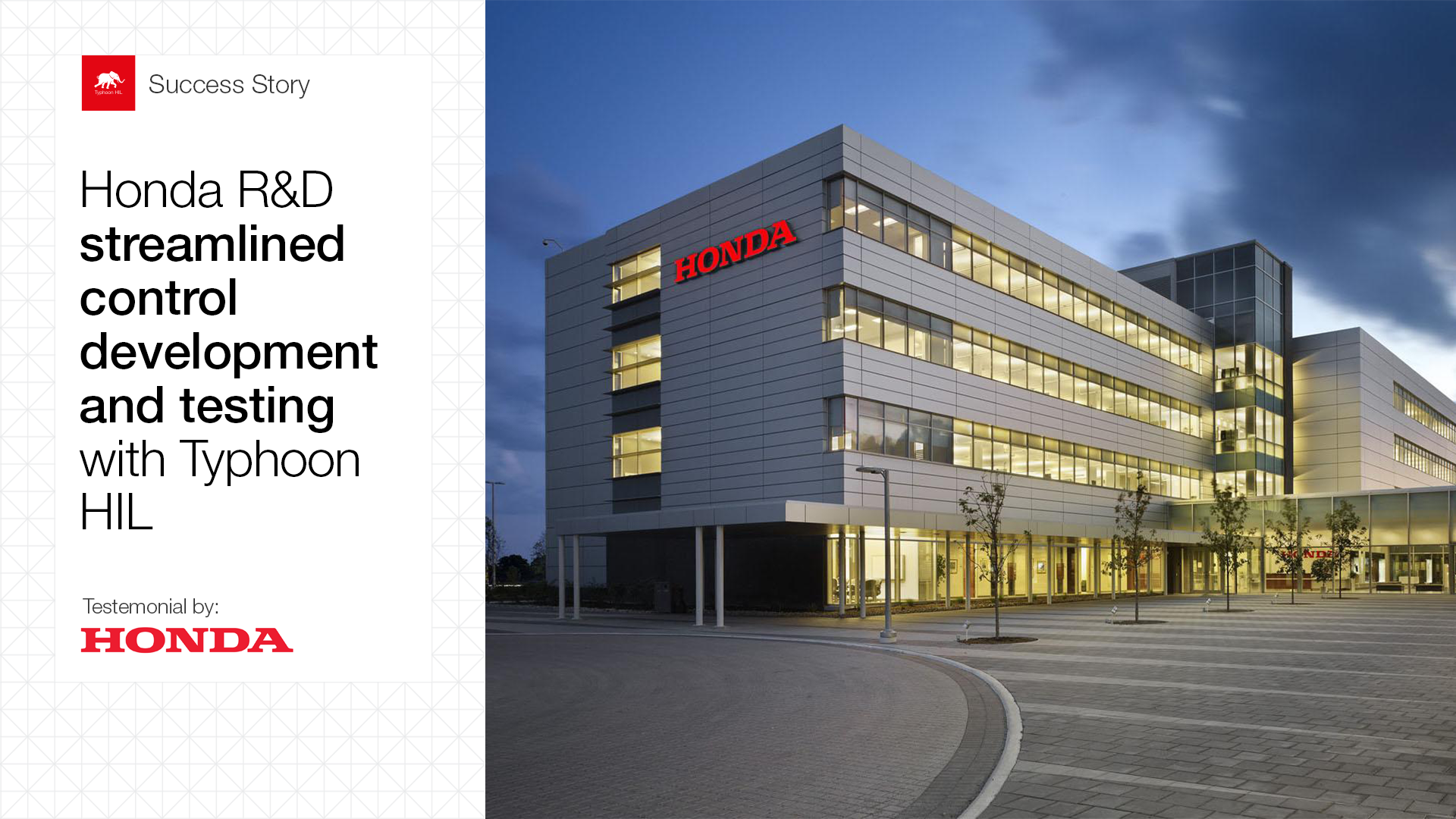
Highlights:
-
HIL streamlined Honda R&D control development and testing.
-
The complexity of embedded systems requires more development effort and time.
-
With an intuitive and easy-to-use interface, first-time HIL users can start simulating immediately.
-
Fast model compilation with HIL resulted in significantly reduced verification time.
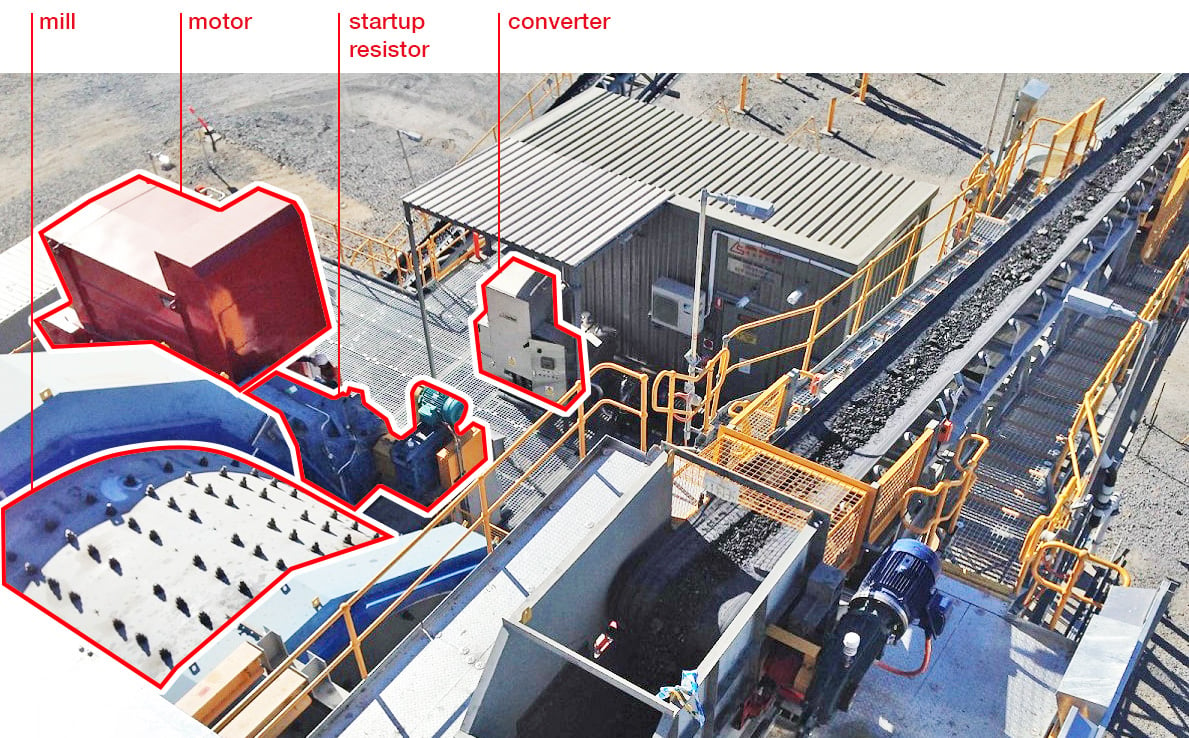
%20(1).png?width=800&height=450&name=MicrosoftTeams-image%20(2)%20(1).png)

